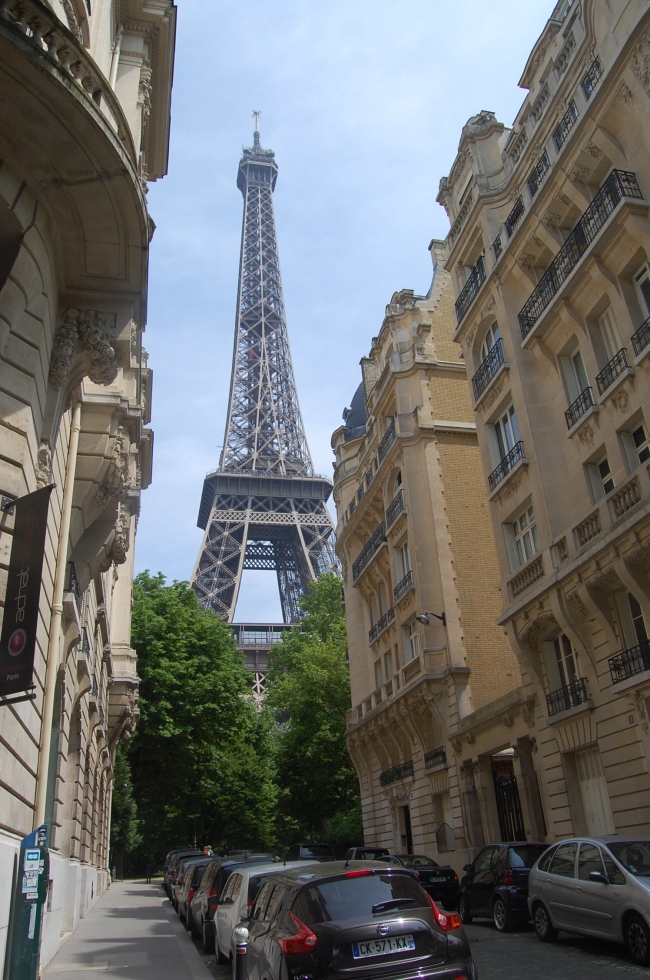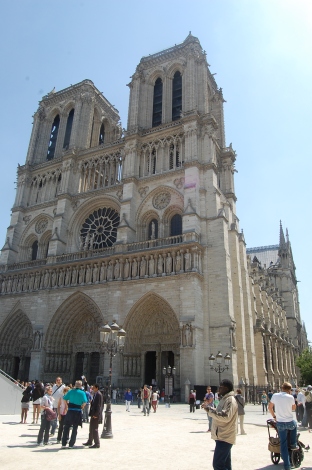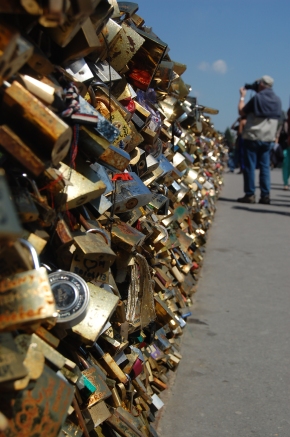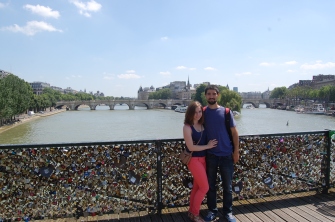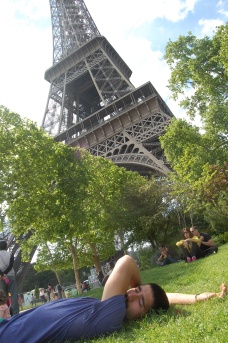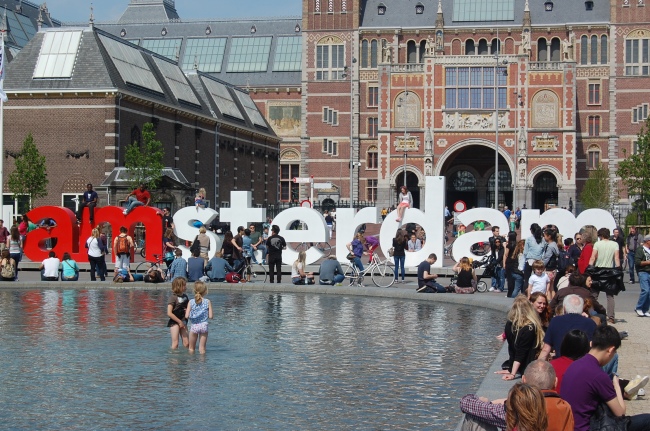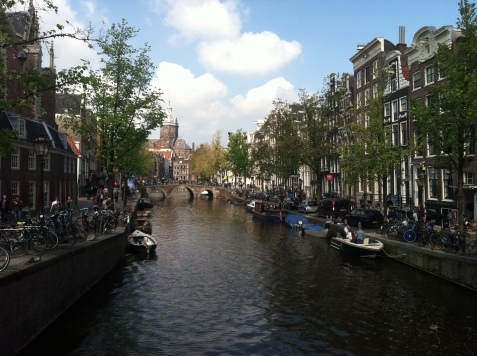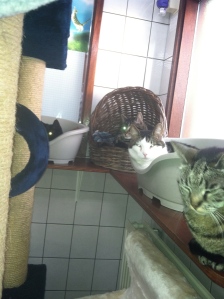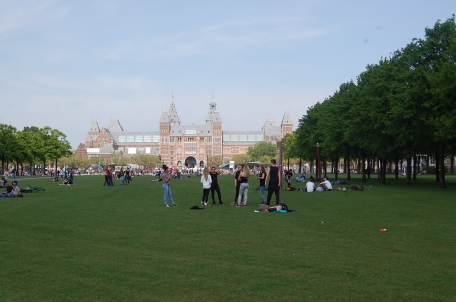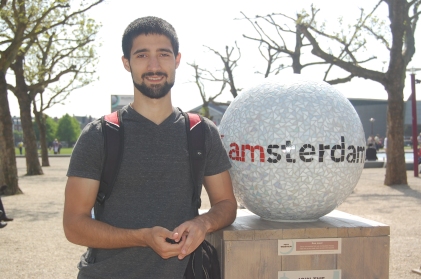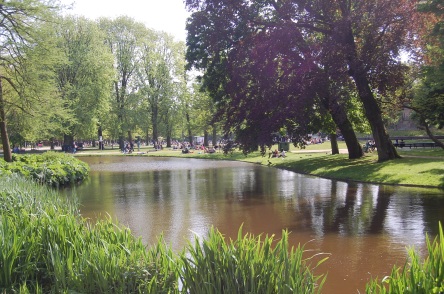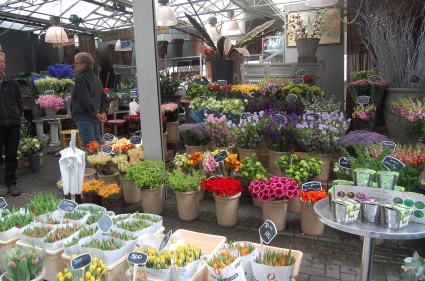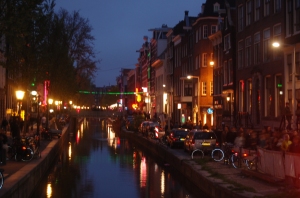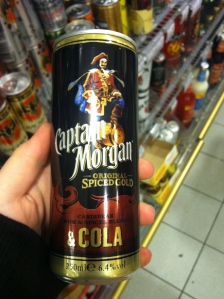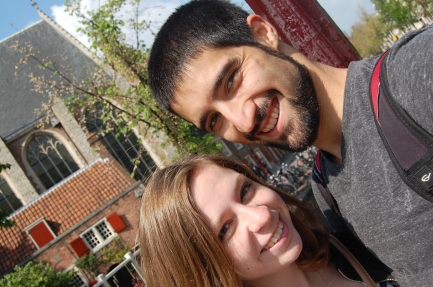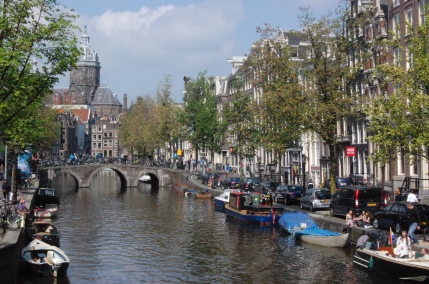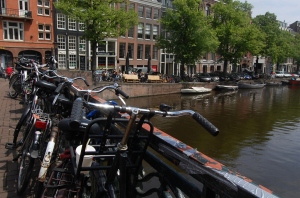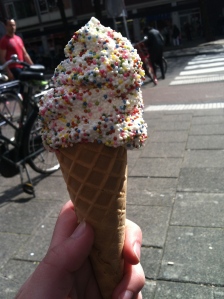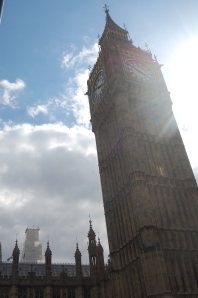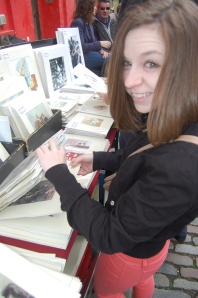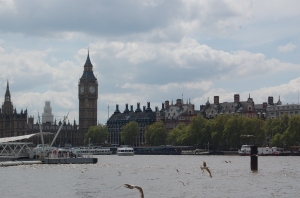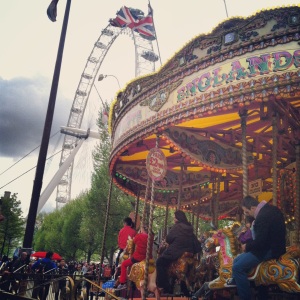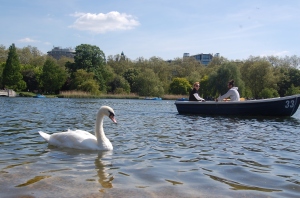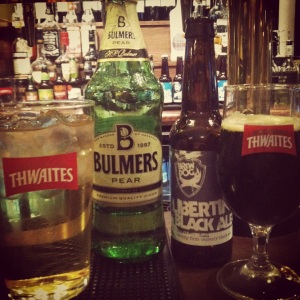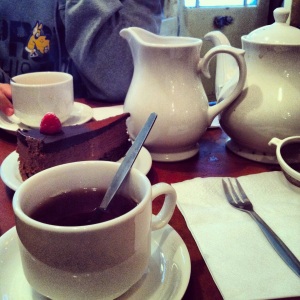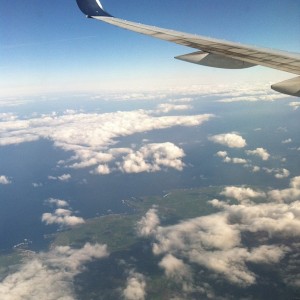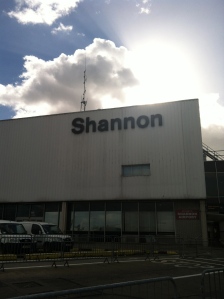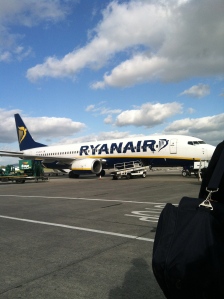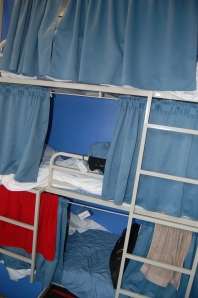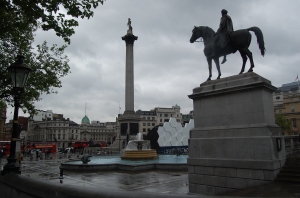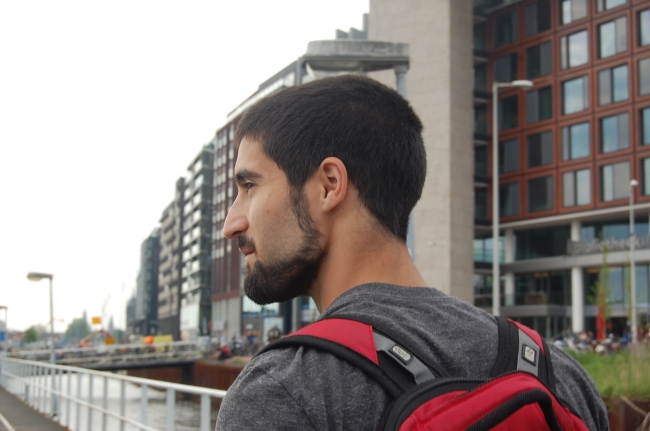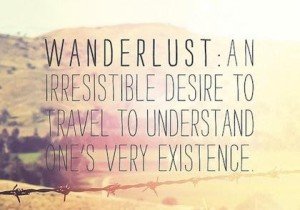Next up was Paris, the city I was most looking forward to visiting. I had been there two years ago with my grandmother, and I had fallen in love with it. Of course, with her, I was on a tour that catered to established adults and had us staying in four and five star hotels and eating in really nice restaurants. Frankie and I on the other hand would be staying in a one-star hotel and would be able to afford to eat at a restaurant exactly zero times the entire time we were here. While I thought I was getting a real idea of what Paris was like the last time I was here, I was really only seeing one part of it. Frankie and I saw a whole new side of the city this time around, and it was eye opening to say the least.
Everything is so expensive in Paris and it is the most densely populated city in Europe, making the separation between the mid to upper class and the lower class more dramatic than in any city we had seen. When I was here two years ago, we stayed in one of the nicest arrondissements, right beside the Eiffel Tower. Our hotel and every restaurant we ate it was immaculate, the people very high class, and we only ran into a few beggars when we were in the most popular tourist sites. (A word about these people really quick: there are groups of people, mostly women and children, who go around to people at the most popular tourist sites with a clipboard, trying to get them to “donate” money – don’t fall for it. They had almost gotten my grandmother and I to give them money last time I was here when two undercover policemen came over and arrested them, telling us that these people prey on tourists illegally. There are a lot of people who really are in need in this city, so if you decide to give money to any of them, make sure it’s to people who aren’t trying to fool you into giving it.)
Frankie and I on the other hand stayed on the opposite side of the city, right next to the most “dangerous” neighborhood to be in – not that any neighborhood is really all that dangerous; Paris is actually one of the safest cities in Europe. But the area we stayed in was definitely lower end. Instead of the upper class bourgeoisie my grandmother and I had been surrounded by, everywhere we looked were homeless people and beggars. Instead of high-end cafes on every corner, there were questionable fruit stands and fast food restaurants. We would be having a very different experience then I had had last time I was here.
And it was. But there’s a reason people say Paris is the most romantic city in the world. Even with all the filth we saw – and be prepared, if you do it the way we did it, there will be a lot of filth – Paris is still unbelievably beautiful, and if you’re going Europe, you can’t miss it.
We stayed in Hôtel des Olympiades, and for the first time in weeks, we had a room to ourselves. We shared a bathroom with the rest of the floor, but it was nice to have our own space. The hotel was a little under an hour walk away from the Eiffel Tower, and while that would have seemed like nothing on our first few days, by this point in our trip we were exhausted. After making the walk there and back the first day, we decided to buy a book of metro tickets. We ended up buying two books of ten tickets and this lasted us the six days we were there. We didn’t have unlimited rides on the subway like we did in London, so we had to be a little more careful about deciding when to use a swipe and when to make the walk.
We wanted to see as much of the city as we could on our first night, so we decided to make the long walk and to check the dinner prices in each restaurant and café we passed. Aaaand that was when we realized that we could not afford this city. At least, not the way we had pictured it. When I was here with my grandma two years ago, some of my favorite hours we spent sitting outside a café, eating sandwiches and drinking as much café as we wanted to, taking our time and watching the crowds. We had to come to terms with the fact that that scene would take place maybe once the entire week we were here. Even the places far from the center of the city were out of our budget. Small appetizers were 10 Euros each, and we knew the money wouldn’t be worth a small plate of food that wouldn’t come close to filling us. We ended up getting less-than-satisfactory and over-priced Stromboli at a pizza place when we grew too hungry to look any more. We would have to come up with a better plan for the rest of our meals.
We spent the evening getting our first glimpses of the city of lights, and trust me, no matter how many times you see it, the view will never get old. They’ve got the lighting down in this city. Unfortunately, by the time we got to the main part of the city we were so exhausted from a day of traveling that we basically turned right back around for the hotel. The walk to this part of the city had taken more than double than it was supposed to since we had spent so much time figuring out where to eat.
The next day we got an early start and took the subway into the 4th arrondissement to see Notre Dame. It was a gorgeous day, and after we took a tour of the cathedral we wandered along the Seine, looking at the art and vintage books sold by vendors. We made our way to the Pont des Artes, where lovers buy padlocks to lock on the fence before throwing the key into the Seine so that the lock can never be removed and their love will never die. I had put a lock for Frankie and I on the fence when I was here two years ago, and I had a general idea of where I had locked it, so we tried to find it. I had put it in an area of the fence that was mostly empty so that one day I could try to find it again, but two years later the spot had filled in, and after looking for almost an hour, we gave up, deciding that it was enough to know that the lock was there somewhere and would be there forever.
For lunch, we decided to not even try to find a café we could afford. We bought two loaves of fresh bread at a pâtisserie for one Euro each and soft brie and salami from a supermarket (look for Franprix, Carrefour, Intermarché, and Monoprix, although Monoprix can be a little pricey) and headed for the Eiffel Tower. We spent the afternoon and evening eating our sandwiches and playing cards and talking right under the tower. This ended up being the place where we spent most of our days and nights while we were in Paris, and these are the moments I’ll always remember. We may not have been able to afford all of the things we had planned on doing, but this was even better.
